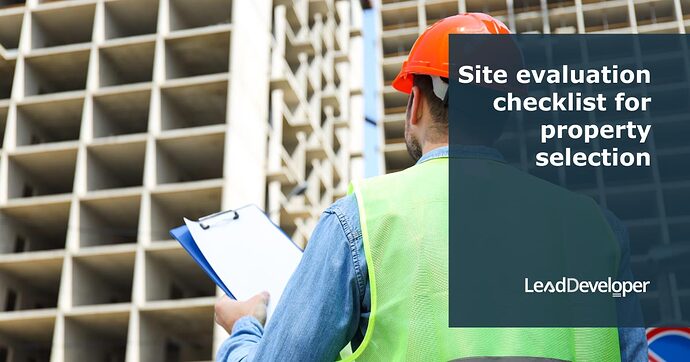Site evaluation checklist: Considerations for property selection
1. Poor soil condition
- Assess soil conditions to avoid underestimating construction costs.
- Early discovery of weak soil conditions is vital for accurate planning.
- Weak soil conditions might necessitate reconsidering site selection due to foundation design implications.
- Conduct comprehensive soil testing and analysis to identify potential issues such as soil instability, compaction, or poor drainage.
- Determine the feasibility of soil improvement methods, such as compaction of soil replacement, to ensure safe and stable construction.
You are missing out if you haven’t yet subscribed to our YouTube channel.
2. Rock
- Identify the presence of bedrock or rocky formations on the property.
- Assess the impact of rock formations on excavation, foundation construction, and overall project costs.
- Geotechnical engineer provides information on rock type and location.
- Consider potential rock removal methods like grading or blasting for subterranean construction.
3. Underground water
- Identify water table locations to plan foundation and underground construction.
- Consider floodplains and wetlands for accurate foundation costs.
- Special waterproofing methods might be needed to mitigate water presence.
- Perform hydrogeological studies to understand the depth and movement of groundwater on the site.
- Evaluate potential impacts on foundation stability, excavation, and drainage systems.
4. Surface water
- Analyze surface water sources, including rivers, streams, and ponds, to assess flood risk and drainage patterns.
- Consider implementing proper drainage systems to manage surface water and prevent flooding on the property.
- Control water flow to prevent property and adjacent property damage.
- Incorporate water management features in site planning for marketing or functional purposes.
5. Mines
- Detects the presence of underground mines before purchase.
- Account for the costs of filling mines with proper soil if they exist.
6. Land restrictions and covenants
- Review legal documents and land records to identify land use restrictions, easements, or covenants that might affect development plans.
- Determine how these restrictions might impact the project’s design, layout, or potential uses.
- Consider historical ownership and potential restrictions from the past.
7. Boundary and topographical surveys
- Obtain accurate boundary and topographical surveys before master planning.
- Boundary survey provides property boundaries and relationships with neighbours.
- A topographical survey gives elevations, contours, and critical site features.
- Use these surveys to inform site planning, design and to identify potential challenges.
8. Environmental assessment studies
- Conduct thorough environmental site assessments (Phase I and potentially Phase II) to identify contamination risks or hazardous materials.
- Determine the need for remediation measures and potential costs.


